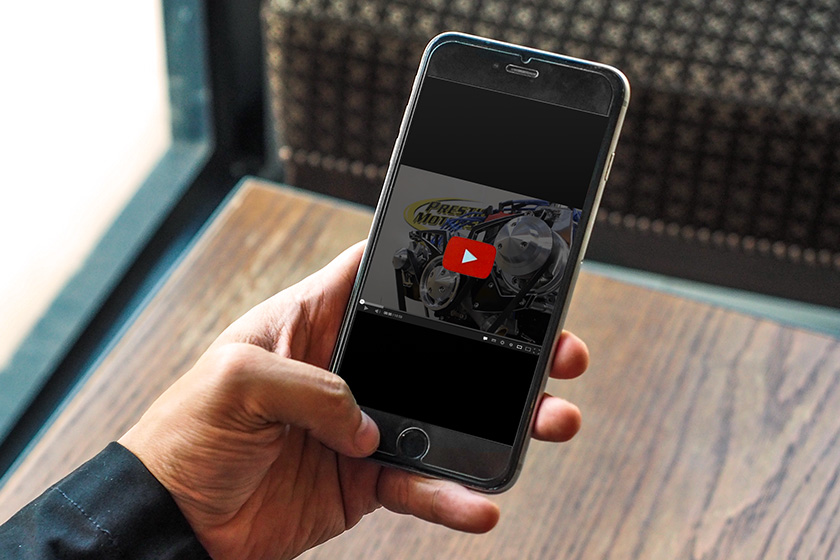Launching a newsletter or an email marketing campaign can be an important first step toward boosting brand engagement, generating traffic, and building consumer loyalty. The next step is measuring the success of your email marketing efforts by determining where you’re making progress and where you need to double your efforts. Of course, before you can start measuring, you need a clear understanding of what it is you’re measuring.
Today’s email marketing platforms provide so much data that it’s easy to feel overwhelmed. In this post, we want to highlight a few metrics and key performance indicators (KPIs) that we think are especially notable.
Essential KPIs for Every Email Marketing Campaign
1) The Number of Emails Delivered.
It’s encouraging to see your email subscriber list growing, but sadly, having 1,000 names on your list doesn’t actually mean that 1,000 people are viewing your content. In fact, there’s no guarantee that 1,000 people will receive the emails at all. Sometimes, an ISP may blacklist all of your emails, something that’s especially likely if you have a shared IP rather than a dedicated one. If this happens to you, and dozens or even hundreds of people are suddenly unable to get your emails, it’s important to promptly figure out why, and remedy the situation. If you think this may be a problem for you, check out MXToolbox to see if your domain has been blacklisted.
2) Emails Opened.
In addition to knowing how many of your emails get delivered, you’ll also want to determine how many of them get opened. This can give you a good sense of your content’s reach, and maybe clue you in to changes you need to make with subject lines, send times, or other aspects of your campaign. We would also recommend tracking your open rate against industry benchmarks. You’re never going to get 100 percent of your readers to open and engage with your content, but these benchmarks can provide you with a more reasonable number to shoot for.
3) Click-Through Rates (CTR).
This metric lets you know how many of your readers actually click on the links embedded in your content. A deep dive into this metric will let you know which types of content (from specific blog topics to particular kinds of promotions) tend to interest your readers most.
4) Click-To-Open Rates (CTOs).
Relatedly, the CTO provides you with a ratio of how many people that opened your email were engaged enough to click through to your content. The open rate can help determine how well your subject line connects with the subscriber, but the CTO rate helps you understand if your email content itself is working. A low CTO rate may mean that your subject lines are misleading or that your content and offers are not interesting enough to entice a subscriber to give you their full attention.
5) Bounce Rate.
When your emails “bounce” off a particular email address, there are a number of potential reasons. A hard, or permanent bounce may be caused by someone’s email account being deleted (very common among workplace-specific emails). It could also be a matter of you, or the subscriber themselves, making a typo when entering the address into your email marketing platform!
There are also soft bounces, also known as temporary bounces, which are often the result of a server being down or an inbox being overstuffed.
6) Unsubscribe Rate.
If you find that your unsubscribe rate is low, that’s usually a good sign; if nothing else, it shows that not a lot of people regard your content as spam. If the unsubscribe rate is high, it usually means that people just aren’t interested in your content. This may prompt you to rethink some of your content or design decisions, but keep in mind that losing disinterested subscribers can ultimately be a good thing, helping you keep your list focused and your deliverability high.
Additionally, high unsubscribe rates sometimes reflect poor list segmentation. The more you can customize your content to fit different user demographics, the more people will be willing to stay engaged with your emails.
7) Social Sharing.
If people are taking the time to share your content on social media, then obviously you’re providing something of value. Keep it up!
8) Spam Complaints.
Some people report emails as spam rather than unsubscribing, which can be frustrating. If you find that both your spam complaints and unsubscribes are rising at the same time, however, that means something is way off with your email marketing strategy. Time to go back to the drawing board.
9) Email Forward Rate.
Like social sharing, forwarding is evidence of compelling, worthwhile content. It’s a tremendous boon for your brand awareness efforts.
10) Conversion Rate.
Naturally, it’s nice when an email results in a direct lead or even better, a sale! Remember, though, that there are many types of conversions out there, depending on your campaign goals. Some common examples include event registrations, content downloads, consultation requests, and more.
Keep Tabs on Key Metrics
As you monitor your email marketing success, make sure you’re monitoring the most meaningful metrics. With any questions about optimizing your email marketing campaign, reach out to the enCOMPASS team directly.
SHARE THIS ARTICLE:



